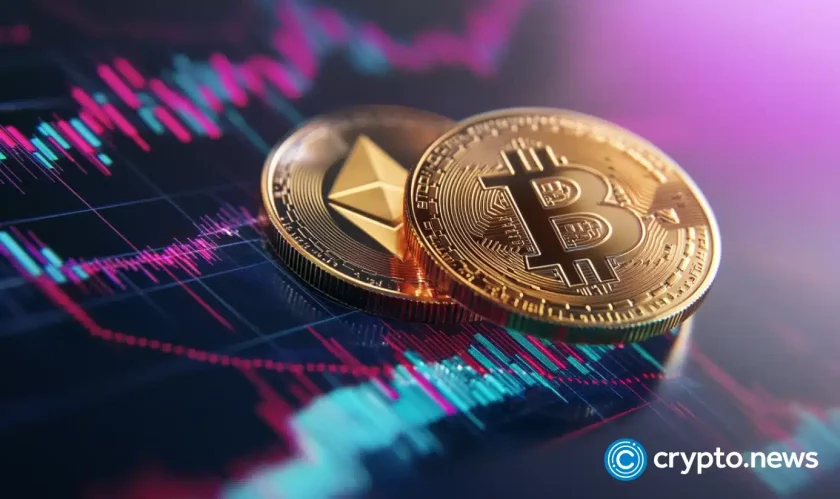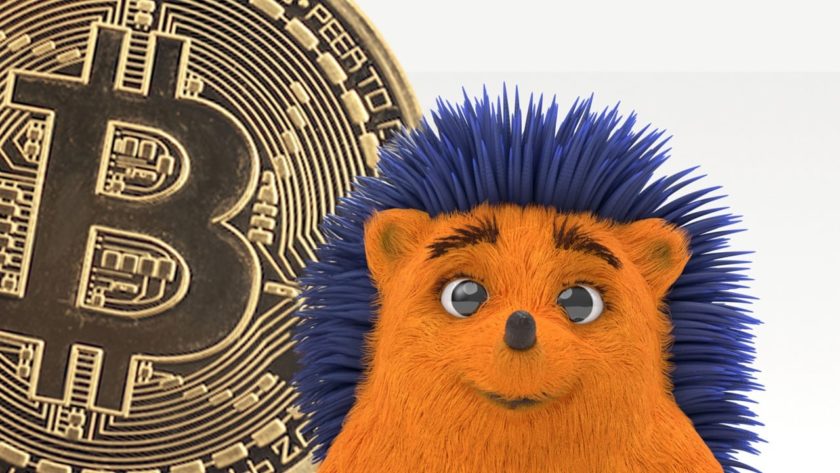Of the ever-growing reasons why bitcoin keeps making national news, its scarcity is one of the most notable.
Touted as an inflation hedge by top advisories such as JPMorgan, bitcoin is earning a renewed reputation as “digital gold” while the U.S. Treasury prints more fiat currency.
This article originally appeared in Crypto for Advisors, CoinDesk’s weekly newsletter defining crypto, digital assets and the future of finance. Sign up here to receive it every Thursday.
“Most, but not all, cryptocurrencies and all NFTs [non-fungible tokens] have scarcity as a key component of their value proposition,” said Michael Terpin, founder and CEO of the blockchain public relations firm Transform Group.
Bitcoin and ethereum
“Bitcoin’s fixed-supply scarcity is most highly valued because it is coupled with accelerating demand, proven use cases and recognized desirability,” Terpin told CoinDesk.
Bitcoin’s supply is capped at 21 million coins. (There are currently between 18 and 19 million bitcoin in circulation.) The remaining amount of bitcoin will reportedly take over 100 years to mint. Combine this kind of scarcity with inflation and the lessening value of our fiat currency (the U.S. dollar) and you have a recipe for value, argues Terpin.
However, all scarcity is not created equally. Ethereum has its own economics of scarcity, including the ability to burn tokens to offset high “gas fees,” or user payments that cover the computing cost to authenticate tokens and coins on the blockchain.
“Ethereum is also known for powering most of the current DeFi [decentralized finance] and NFT ecosystems, giving it a unique competitive edge,” Terpin says. “Few other cryptos can match these dynamics today.”
Meme coins and scarcity
With bitcoin’s 10-plus-year track record behind it, supply and demand economics have helped investors get a little clearer on how to value digital currency. Time is an essential part of the equation, along with the number of coins in circulation.
Community also has a great deal of impact on a coin’s value. Meme coins are the perfect case study for this group buy-in component of crypto. Driven by social media jokes and puns, meme coins tend to flood the crypto ecosystem with new information. This phenomenon can interrupt any notion of predictability or patterns in value.
“Dogecoin has an infinite supply,” said Phillip Gara, director of strategy for the Render Network, a company that uses the Ethereum blockchain to process high-quality digital assets.
There’s also shiba inu, which is having its 15 minutes of fame. A total of 1 quadrillion SHIB tokens were minted during its launch in 2020 – that’s a number with 15 zeros. Roughly half of the SHIB supply was locked in Uniswap, a decentralized exchange where users and investors can trade, and the other 50% was donated to Vitalik Buterin, the founder of Ethereum.
There was some speculation that Elon Musk’s shiba inu tweet in early October – in addition to the coin’s total supply – contributed to the hype, but thanks to blockchain’s transparency, the crypto community was able to peg SHIB’s price increase to so-called crypto “whales” who bought and held large amounts of the coin.
NFTs and the value of scarcity
In addition, notes Gara, the digitally scarce blockchain artwork known as NFTs demonstrate perhaps the highest degree of scarcity and therefore the most opportunities to utilize creative pricing strategies.
“[A creator] can create unique, 1-of-1 artworks or editions. You can make open editions where as many people who want one can mint one for the price,” Gara said. “There’s a lot of innovation you can do with pricing.”
An artist or creator can also use a descending-price strategy known as a Dutch auction, according to Gara, when it’s time to drop their tokens. In a Dutch auction, the price of a token is reduced over time to create a kind of “economic equilibrium.”
“The demand gets matched according to peoples’ price sensitivity, so you have more buyers,” Gara says.
The value of NFTs, however, tends to be more subjective (as is the nature of art). While the value of cryptocurrency is also speculative, it leans much more than NFTs on the principles of economics, fiscal policy and supply and demand.
What advisors should understand
Scarcity drives value in the world of crypto, like most markets and economic ecosystems. Crypto evangelists therefore see bitcoin as “digital gold” that, unlike the U.S. dollar, has a finite limit.
The term “digital gold” is enough to make anyone take a closer look at crypto, but just like with investing in any alternative asset, your clients need to understand their “why” behind adding crypto to their portfolio.
If they do plan to use it as an inflation hedge, talk them through cold storage and hosted wallets so that they understand where they plan to store their “gold.” And if they want to liquidate it periodically, have them consider the right frequency (annually, quarterly, monthly?), what the capital gains taxes may be and what they plan to do with the cash.




